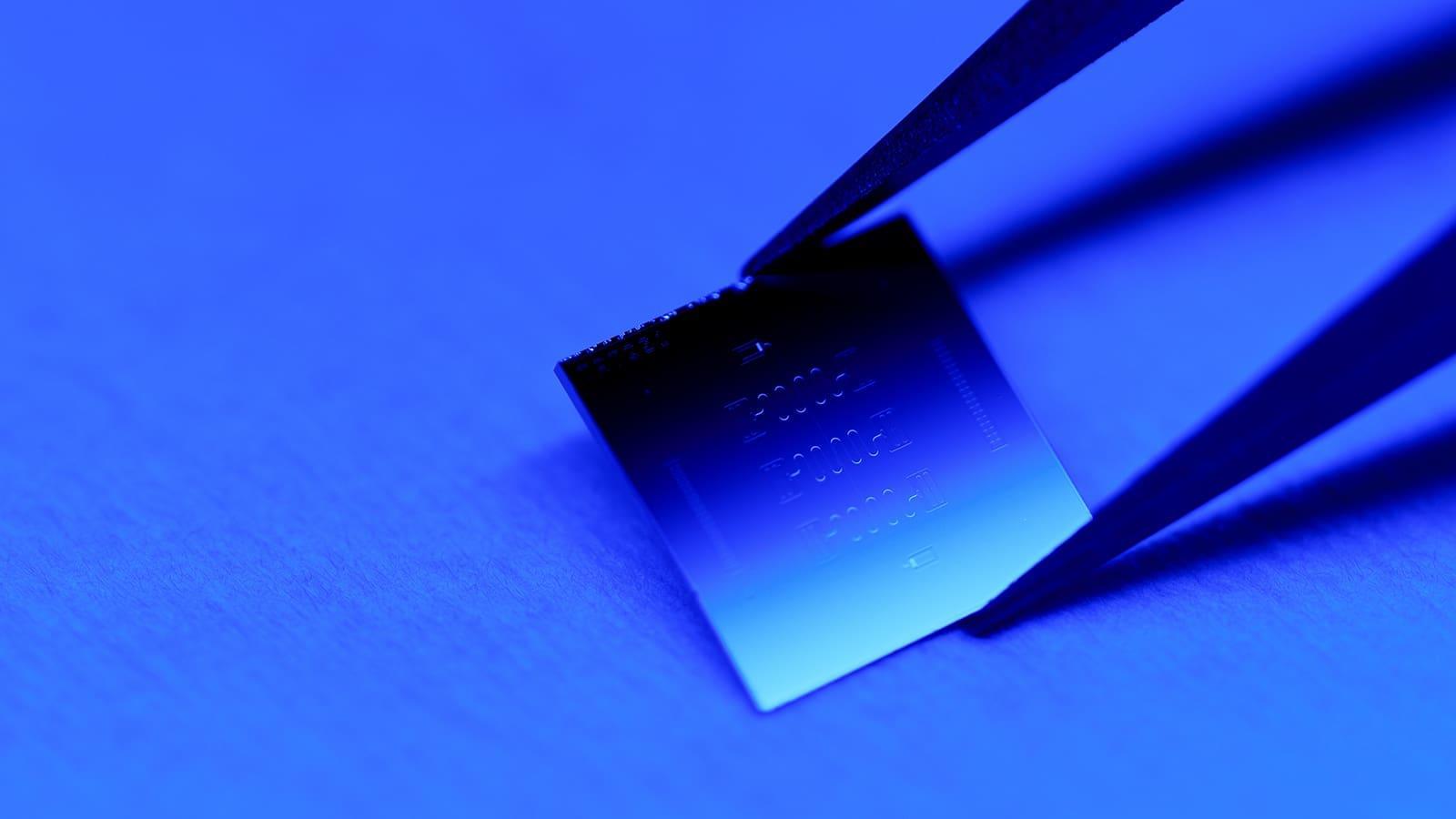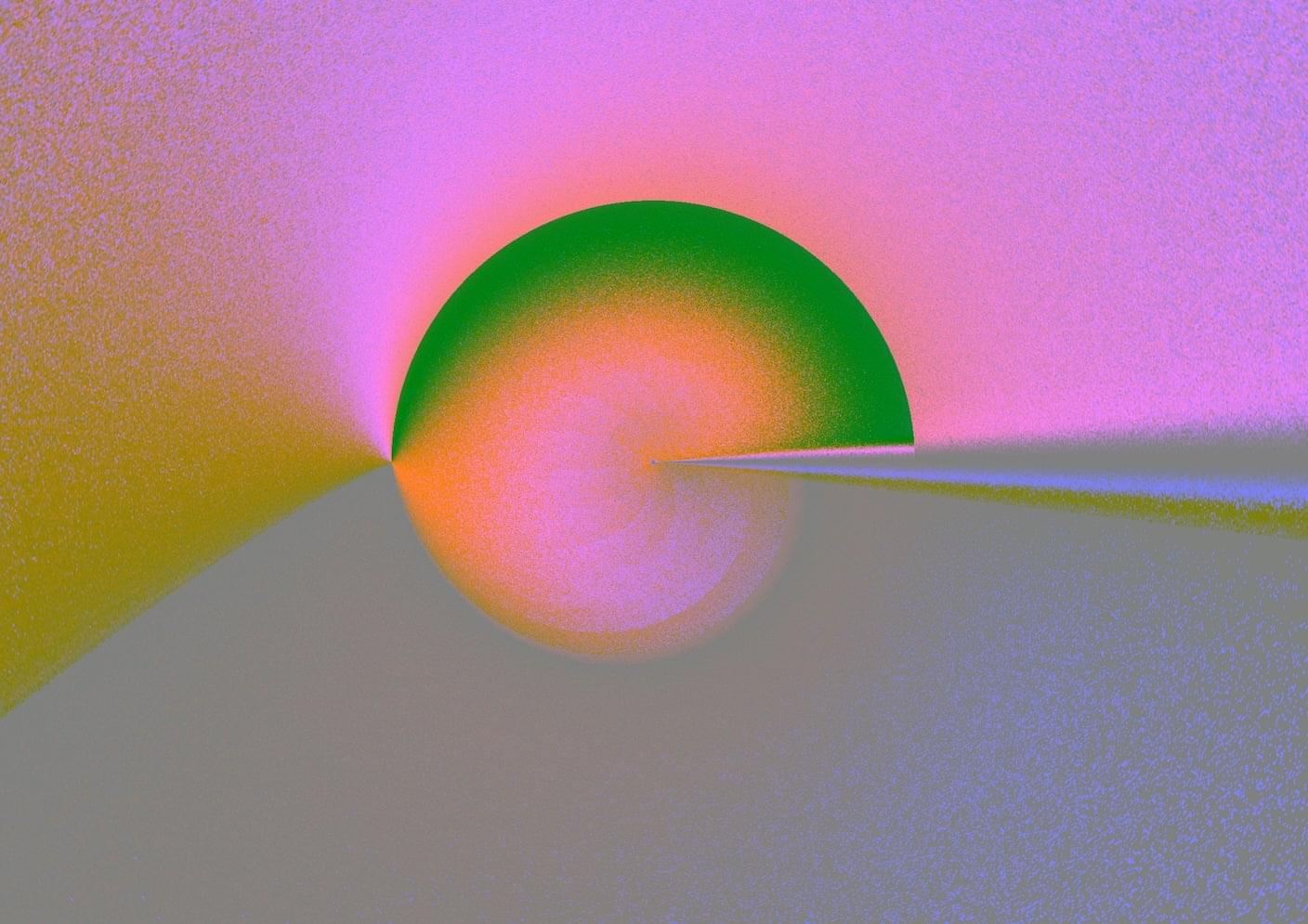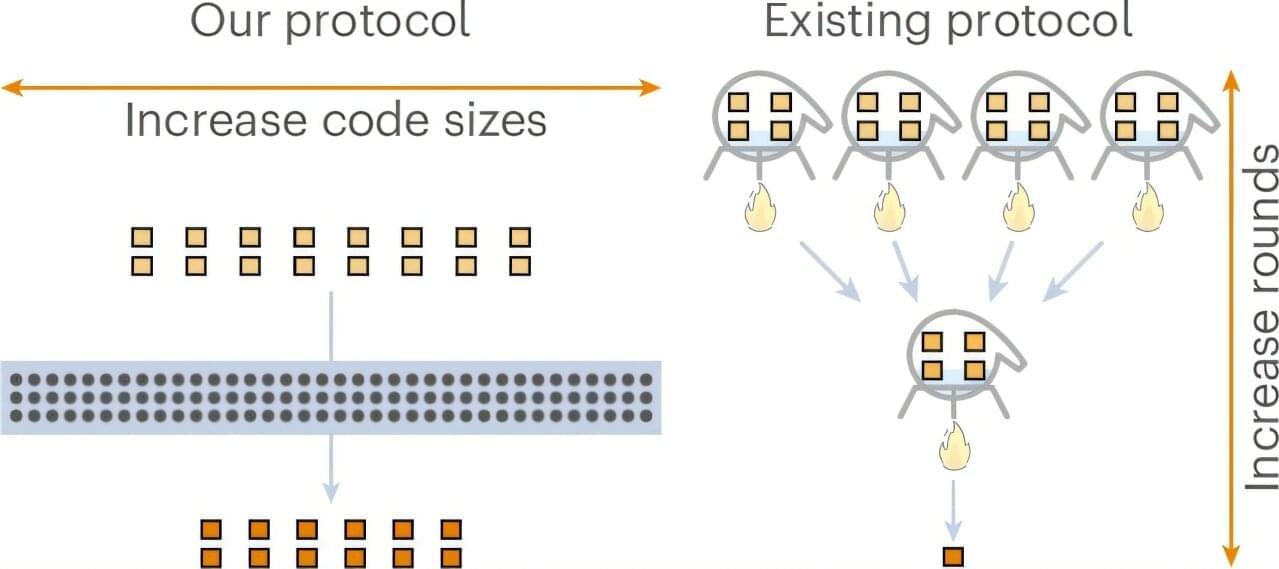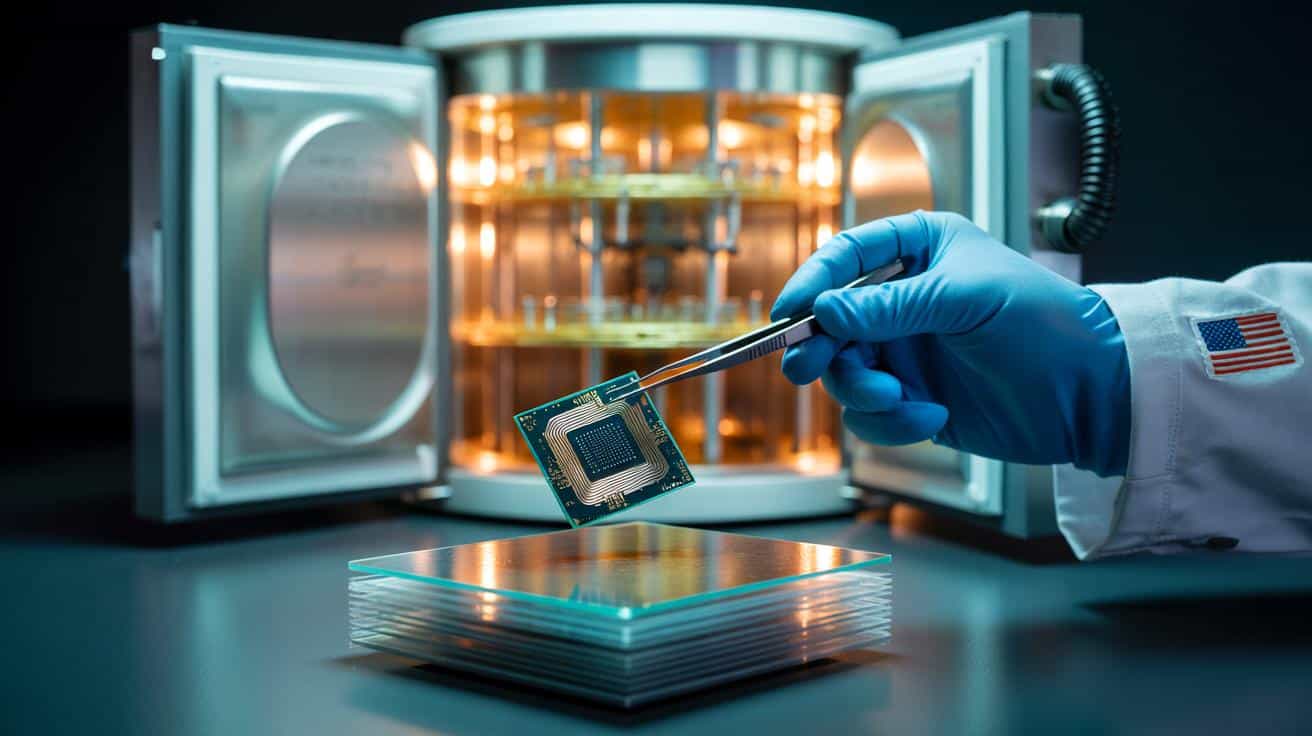#EverythingSpace #Universe.
Nobel Winners Just Proved the Universe Is Quantum — 2025 Physics Prize Explained.
In this episode of Everything Space, we break down the groundbreaking discoveries that earned this year’s Nobel Prize, and what they mean for the way we understand reality itself. From experiments that challenge Einstein’s idea of locality, to the mysterious phenomenon of quantum entanglement, these results show that the universe behaves in ways once thought impossible.
We’ll explore how scientists finally confirmed that particles can influence each other across vast distances — instantaneously — and why this discovery reshapes our understanding of space, time, and the very nature of existence.
Join us as we unravel the science behind the Nobel-winning breakthrough that proves the universe isn’t just strange — it’s quantum.
#QuantumUniverse #Physics2025 #NobelPrize #EverythingSpace #SpaceMysteries.







